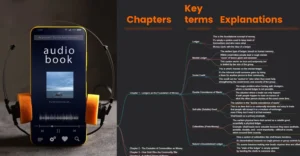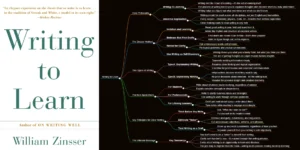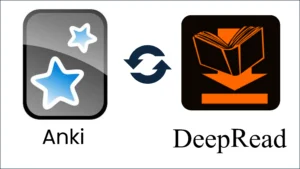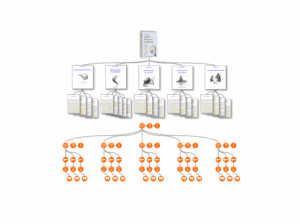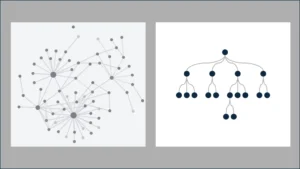
My Audiobook Workflow: How It Started vs. How It’s Going
A week ago, I started an experiment. Instead of falling into my usual pattern of buying both the audiobook and the ebook version of “Broken Money” by Lyn Alden, I decided to challenge myself: Could I extract maximum knowledge from just the audiobook? Could I build a comprehensive knowledge graph without ever opening the Kindle version?
The stakes feel higher than usual because this isn’t just about saving money or time. It’s about fundamentally changing how I approach learning from audiobooks. And honestly, I’m not sure it’s going to work.
